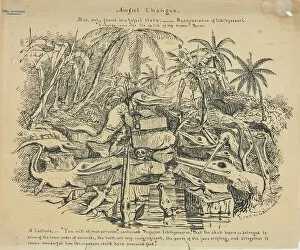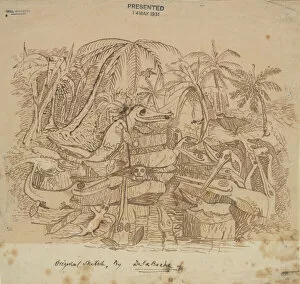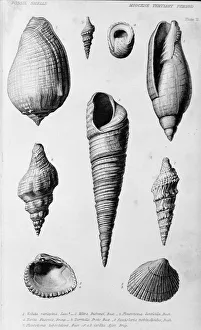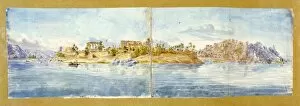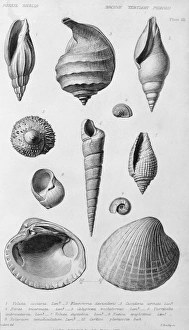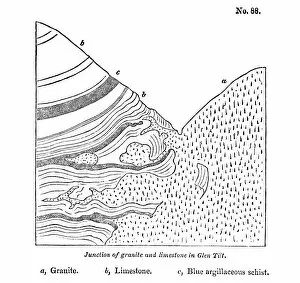1797 1875 Collection
"Exploring the Past: John Gardner Wilkinson (1797-1875) and Charles Lyell (1797-1875)" Step back in time with these captivating glimpses into the world of 1797-1875
All Professionally Made to Order for Quick Shipping
"Exploring the Past: John Gardner Wilkinson (1797-1875) and Charles Lyell (1797-1875)" Step back in time with these captivating glimpses into the world of 1797-1875. From fascinating cartoons depicting awful changes to breathtaking watercolor landscapes, this era is filled with remarkable discoveries. Delve into the depths of history as you witness fossil shells from the Miocene Tertiary Period and Eocene Tertiary Period, showcasing the remnants of ancient marine life. Marvel at how these delicate specimens have survived through time, providing invaluable insights into our planet's past. Join English explorer John Gardner Wilkinson on his adventures across Egypt as he captures Levantine in Cairo Costume, offering a vivid portrayal of local culture. Immerse yourself in his stunning watercolor paintings that transport you to Manfaloot and reveal three groups of pyramids nestled amidst Toora Msara's quarries. Embark on a visual journey along the majestic Nile River, where Wilkinson's brush strokes bring to life The Island of Philae and The Nile at the Second Cataract. Experience the allure and grandeur of these iconic landmarks through his artistic lens. Meanwhile, Scottish-born British geologist Charles Lyell revolutionizes our understanding of Earth's geological processes with his groundbreaking work Principals of Geology. His meticulous observations at junctions between granite and limestone formations shed light on nature's intricate workings. Lastly, venture to Bove Valley near Mount Etna in Sicily for an awe-inspiring view that showcases nature's raw power. Witnessing this dramatic meeting point between volcanic rock and limestone serves as a reminder that our planet is ever-evolving. Intriguingly diverse yet interconnected, 1797-1875 offers us glimpses into both human exploration and scientific discovery. These captivating snapshots remind us that by studying our past, we can better comprehend our present while paving the way for a brighter future.

